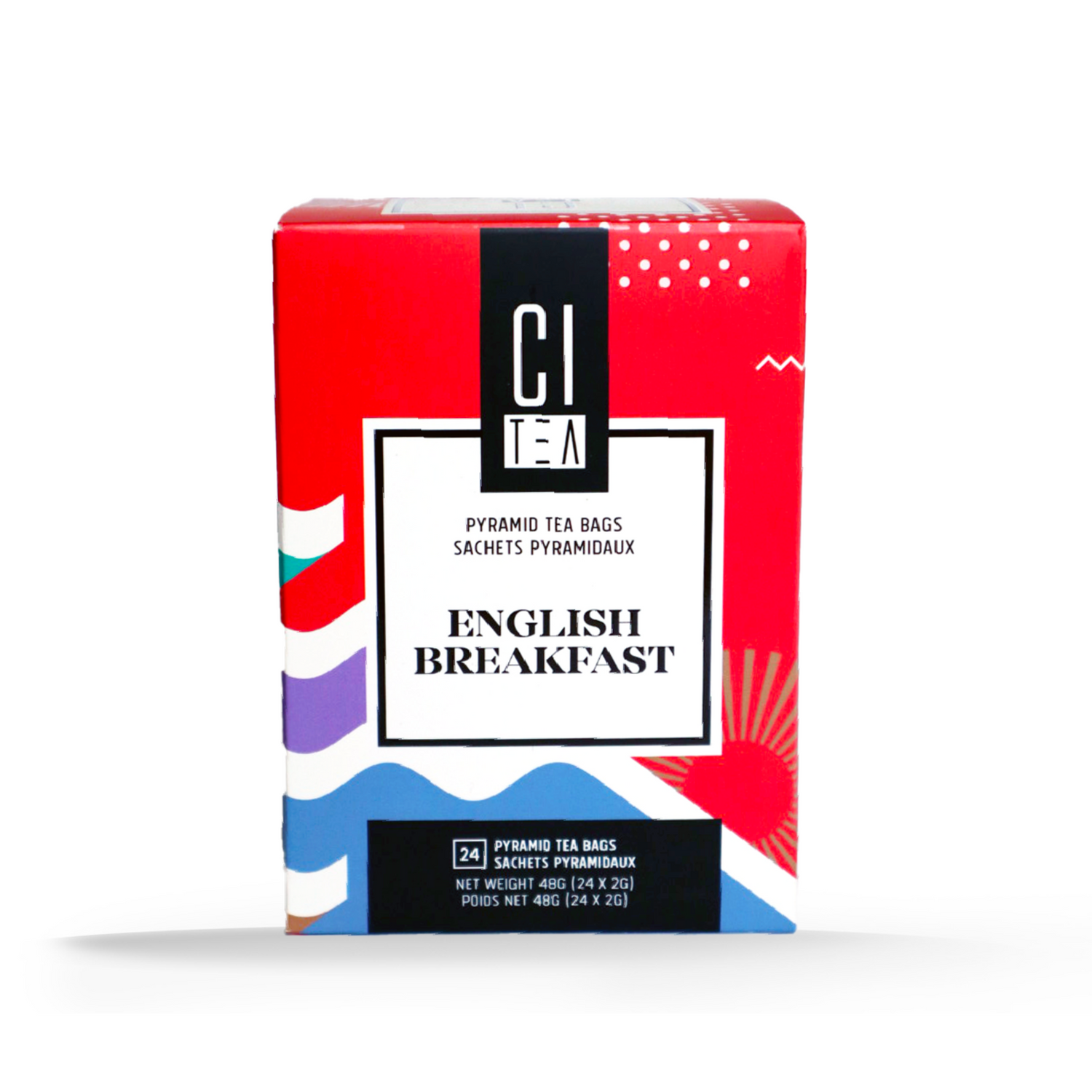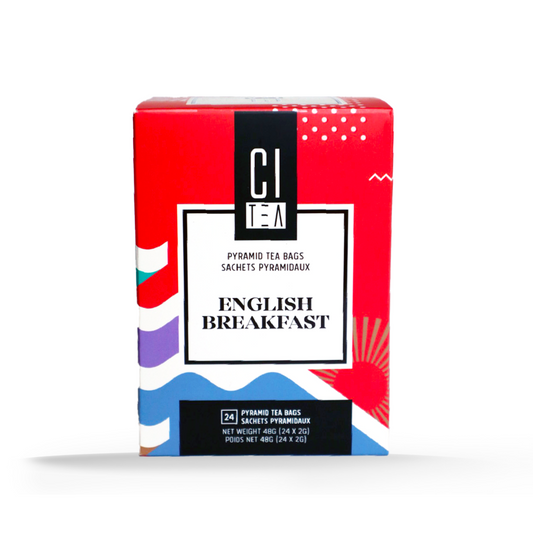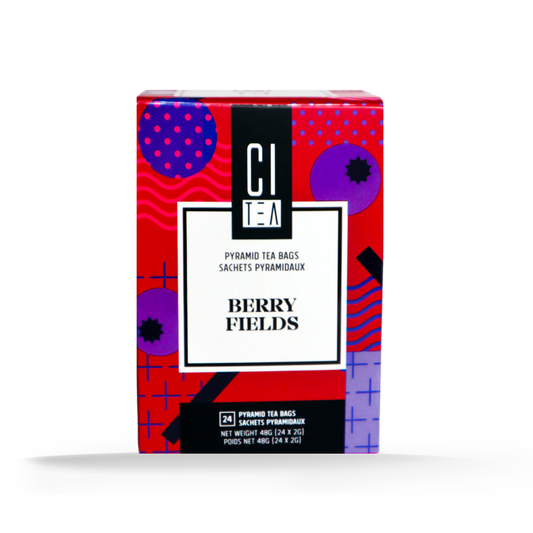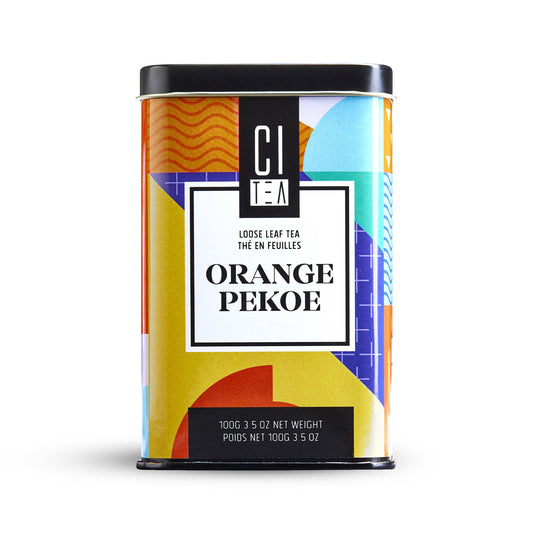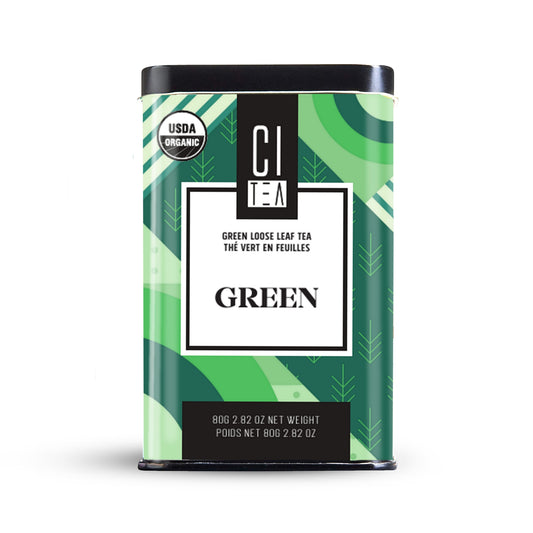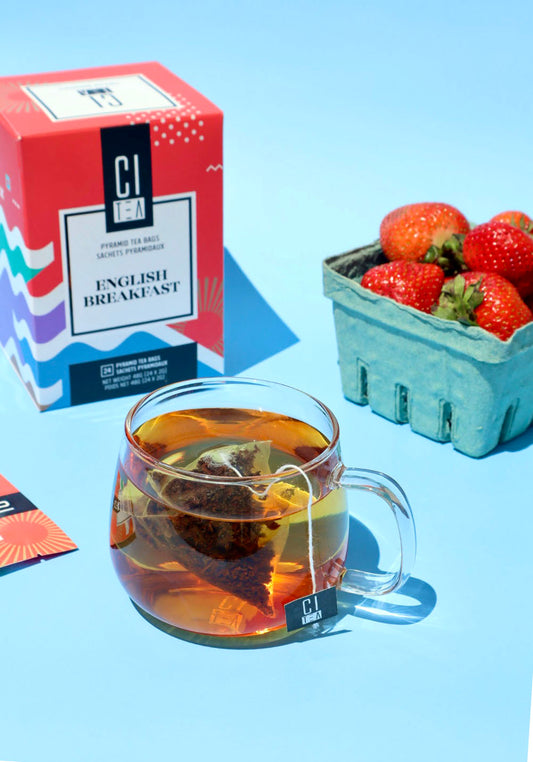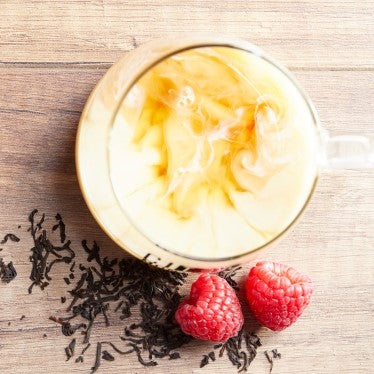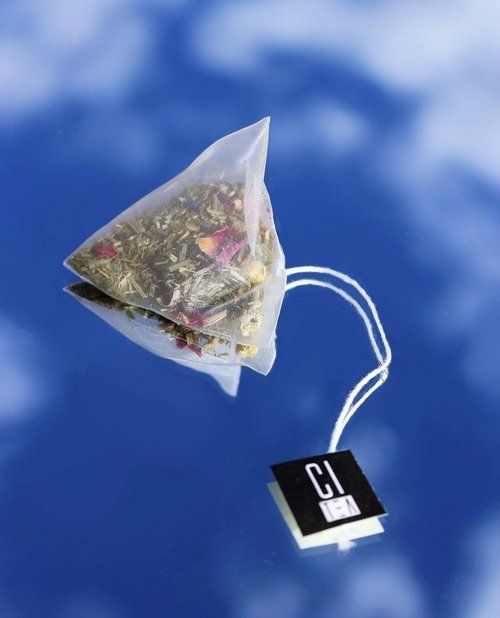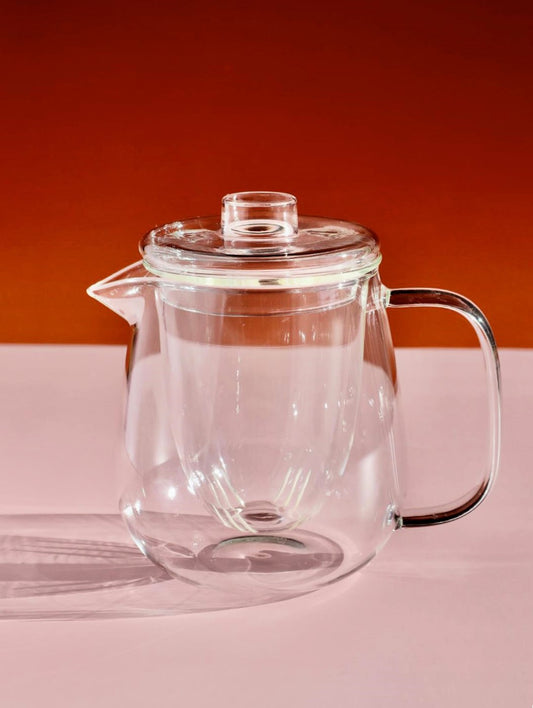Tea Brewing Techniques for Tea Connoisseurs
When you think about tea brewing, you are probably thinking of western style brewing. But tea offers endless possibilities for brewing exploration. For those seeking to elevate their tea experience to a connoisseur's level, mastering advanced brewing techniques is essential.
Your classic Western-style brewing
This is the common brewing method we all know about. Popular in many Western countries, this method involves using a teapot or infuser basket and typically involves one long steeping. It suitable for black teas, herbal teas, and some oolongs.
Here’s a cheat sheet on how to brew teas the classical way:
Green Tea: Green tea is delicate and requires lower water temperatures (175-185°F or 80-85°C). Steep for 1-3 minutes, depending on the type and your preference. Use 1 teaspoon of loose leaf tea per 8 ounces of water.
Black Tea: Black tea is bold and robust, typically steeped in boiling water (200-212°F or 93-100°C) for 3-5 minutes. Use 1 teaspoon of loose leaf tea per 8 ounces of water.
Oolong Tea: Oolong teas have a wide range of flavors and can vary in brewing methods. Generally, steep at 185-205 °F (85-96°C) for 2-4 minutes. Use 1-2 teaspoons of loose leaf tea per 8 ounces of water.
White Tea: White tea is delicate and light. Brew at lower temperatures (175-185°F or 80-85°C) for 2-5 minutes. Use 1-2 teaspoons of loose leaf tea per 8 ounces of water.
Herbal Tea: Herbal teas vary widely, but they're generally steeped in boiling water for 5-7 minutes. Use 1-2 teaspoons of dried herbs per 8 ounces of water.
Cold Brew: Unlocking Subtle Elegance
Cold brew tea, once a niche method, has gained popularity for its ability to extract tea flavors gently. The result is a smooth and nuanced glass of iced tea. This brewing process is particularly favored for delicate teas like green and white.
Here's how to master cold brew.
- For a cold brew tea, use 1–2 teaspoons of loose leaf tea per 8 ounces of cold water. Place the tea leaves in an airtight container. Pour cold, filtered water over the tea leaves, ensuring they are fully submerged.
- You then seal the container and place it in the refrigerator. Leave it to steep for 6–12 hours, depending on your preference. Longer steeping times result in a stronger flavor profile. After steeping, strain the tea into a clean vessel.
- You now have a concentrated tea. To serve, dilute it with cold water or ice to your desired strength. You can also add sweeteners or citrus for an extra layer of flavor. Cold brew tea is a delightful choice for warm summer days, offering a refreshing and nuanced taste profile.
Rinsing
Commonly used for pu-erh and certain oolong teas, rinsing involves a quick pour of hot water over the tea leaves. That first water is then discarded. This “wakes up” the leaves and removes any impurities, preparing them for subsequent infusions.
Kōridashi: Japanese ice-brewed tea
Kōridashi, also known as “ice-brewed tea” or “cold steeping,” involves using ice to cold brew tea, typically green tea. This results in a smooth and refreshing infusion, as the tea slowly reveals its flavors without the bitterness that can come from hot water. The process typically involves placing tea leaves over ice and letting them steep as the ice melts. It's a popular method for making cold green tea in Japan, especially during the hot summer months.
- To make tea using the Kōridashi tea technic, start by making ice cubes using cold filtered water. The ice cubes will be an integral part of the Kōridashi process, slowly melting to create the cold brewing environment.
- Place 2 teaspoons of green tea leaves over the ice cubes. It is important to not place ice cubes on top of the tea leaves because this allows the leaves to breathe. Placing the ice cubes over the tea would compress the leaves, which could result in uneven extraction while cold-brewing.
- The lid is then closed to create a sealed environment. This is essential for the slow, cold infusion process to take place. Allow the tea leaves to steep as the ice cubes melt. This gradual process typically takes several hours, usually around 4–8 hours or even overnight. The longer you let it steep, the stronger the flavor.
- Once the cold brew is complete, open the container and strain the tea to remove the tea leaves. Your cold-brewed tea is ready to be enjoyed.
- Kōridashi creates a gentle and refreshing tea with a subtly sweet and smooth taste profile. It's a fantastic method for enjoying tea during hot weather or when you want a refreshing beverage without the bitterness associated with hot brewing.
These techniques offer a wide range of possibilities for tea enthusiasts, each enhancing the tea-drinking experience in its own way. The choice of brewing method depends on personal preference, the type of tea you're using, and the experience you seek to create.
